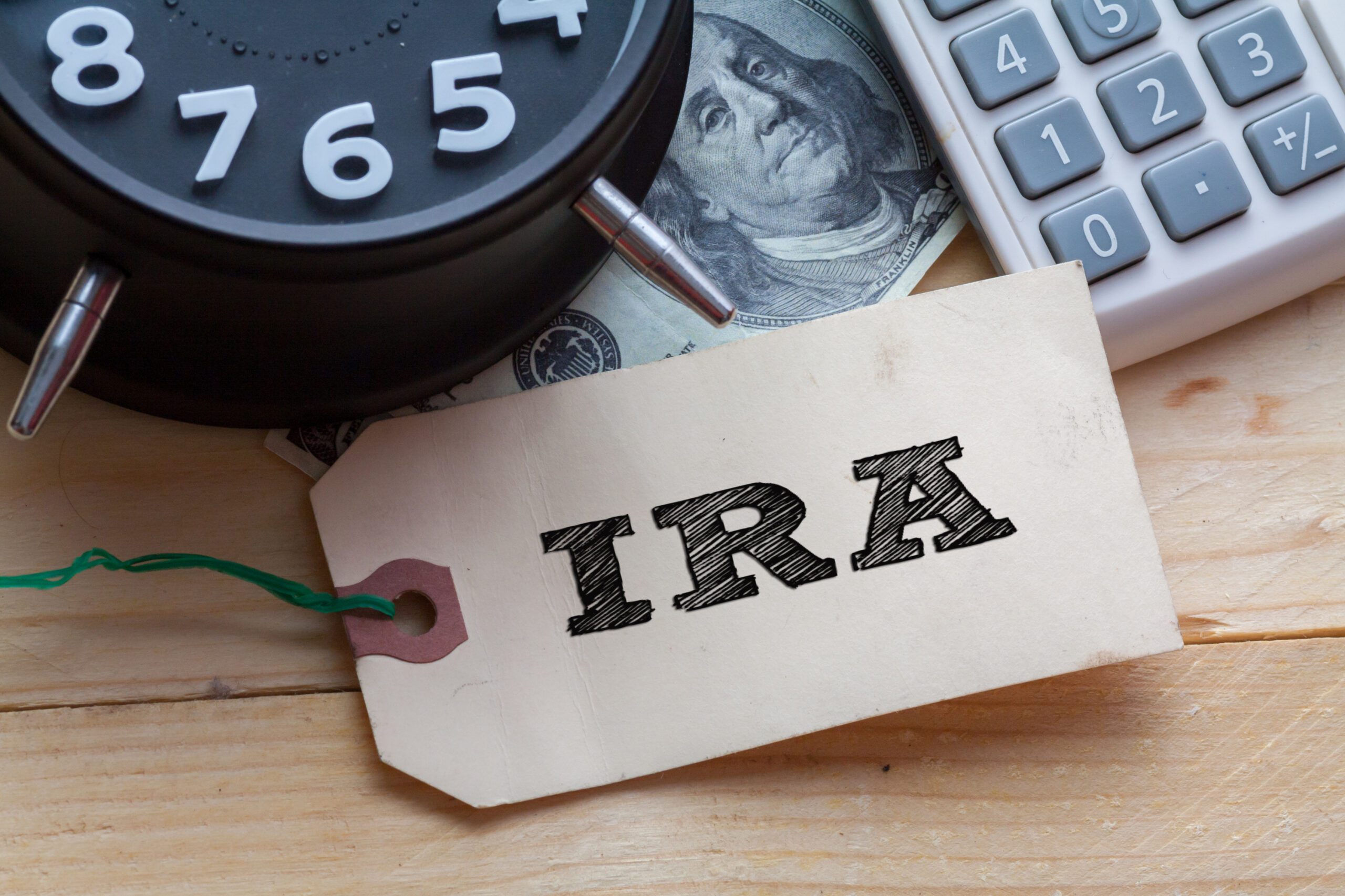How to Start Investing After Retirement
You’ve worked hard, and put away money throughout your career. Now you’re retired, and the focus shifts from earning to investing.
Perhaps your assets have recently been boosted thanks to 401k or IRA access, or a significant financial inheritance.
Learning how to manage your money after retirement is an important step that will impact your quality of life during your later years. It will also determine how much wealth you’re able to leave behind to your loved ones.
Ideally, your investment journey won’t feel like “work.” Having money to manage is a good thing, and learning how to manage it is a rewarding process.
If you’re just getting started with investing after retirement, here are six fundamental tips to get you on track.
Create an Investment Budget
Don’t let your investment spending cut into your ability to manage your daily lifestyle needs. If you intend to invest more money each month, you’ll need to figure out what amount makes sense based on your assets and needs.
Determine a set amount to invest each month. In time, you can adjust your monthly contributions as your investments begin generating returns that you can reinvest into your portfolio.
Start With Lower-Risk Investments
All investments carry some degree of implicit risk. However, risk levels vary greatly from investment to investment.
It’s best to start conservatively. Learn as you go while mainly investing in stronger, safer, financial instruments and industries.
Research the trends in industries that interest you. A good starter tip for finding investments is to think about what companies you enjoy patronizing. Make a list and take a deeper dive into their financial records and market history.
Invest gradually and stay within your budget. That way, if certain investments don’t generate good returns, you can recover and adjust more easily.
For those that want to reduce risk and invest with greater certainty, you may want to consider working with a professional investment manager. This individual can manage your portfolio for you, either as a full-service financial advisor or as someone to provide you with guidance for your own decision-making.
Don’t Ignore Growth-Oriented Investments Completely
While it’s advisable to start out mostly with low-risk investments, don’t ignore growth-oriented investments entirely. After all, these are the investments where the greatest returns are possible.
Choose an amount that you’re comfortable with and pick some higher-risk, higher-reward investments.
Growth-oriented investing focuses on companies that are younger and smaller than their value investment counterparts. Earnings by these companies should grow at an above-average rate. For exciting young companies, we don’t know where they’re headed, and the sky is the limit.
These investments carry higher risk because the companies are less proven. Their current share price may seem expensive based on metrics like price-to-earnings ratios.
Optimism around the company may depend on their future ability to compete with larger players in their industry, even if they haven’t yet proven themselves capable of doing so.
However, picking some solid growth-oriented investments can help you account for inflation over time and generate passive income for retirees in the long term.
Keep Your Changing Needs in Mind
Throughout your retirement, your medical and lifestyle needs will change over time. Significant and ongoing expenses may develop as health care needs and other challenges develop. Other changes may occur, such as an increased need for services but a decrease in travel spending.
Anticipate these changes. Consider how they will affect your finances and factor that into your financial planning. A helpful way to map this out is to view your retirement in 3-5 year stretches of time.
Diversify
Diversification involves distributing your investments into a variety of financial instruments and industries. Different assets and industries react differently to changing market conditions. Spreading your wealth across different areas reduces your risk and maximizes your returns.
Diversified investing protects against inflation and market lows in certain industries. Always maintain the classic “don’t put all your eggs in one basket” mentality.
There are various approaches to investing after retirement, but diversity is a pillar of any sound strategy. While no plan can completely remove risk, diversification is generally considered the most important facet of risk-reduction in investing.
Create an Estate Plan to Pass On Your Investments
Estate planning should occur well before you reach the end-of-life stage. You can always amend the documents later, but you need to establish the plan early in retirement, if not sooner.
Estate planning provides a legally valid means of transferring your investments to other people and entities. With an estate plan and will, you ensure that your portfolio will be inherited by the intended parties.
A financial advisor can also help you plan your estate. When you are leaving behind valuable assets, you want to ensure that they will be given to their intended beneficiaries and that your loved ones are taken care of when you are gone.
Navigating Your Financial Future After Retirement
Journey Financial works with smart investors who want to actively turn their retirement dreams into reality. We believe that with the right financial advisor on your side, you can prepare to approach your post-career phase of life with confidence.
If you are in the Idaho Falls or Ammon region, please each out to our team today for retirement planning, investment managing, and estate planning assistance.








